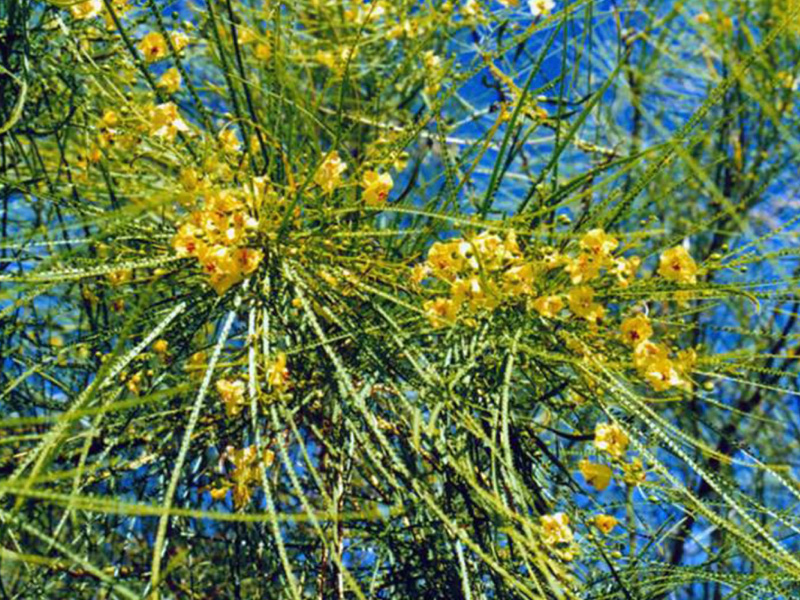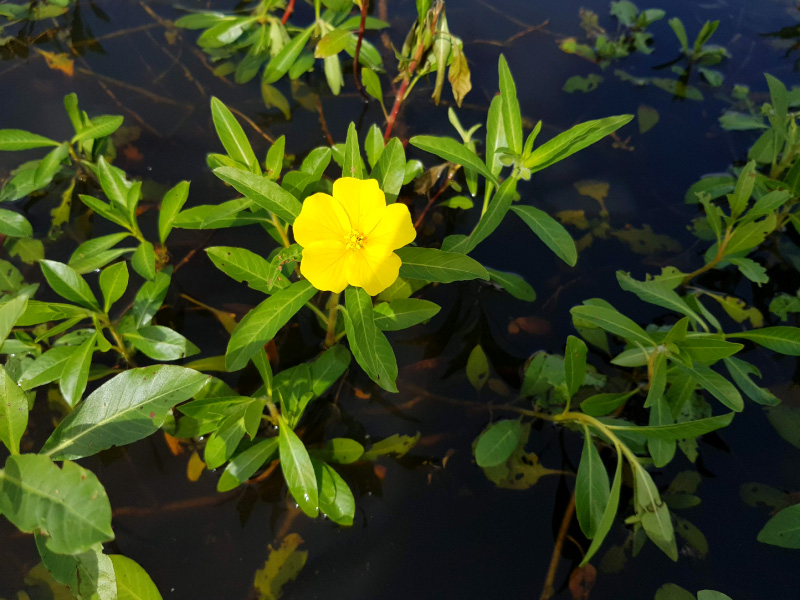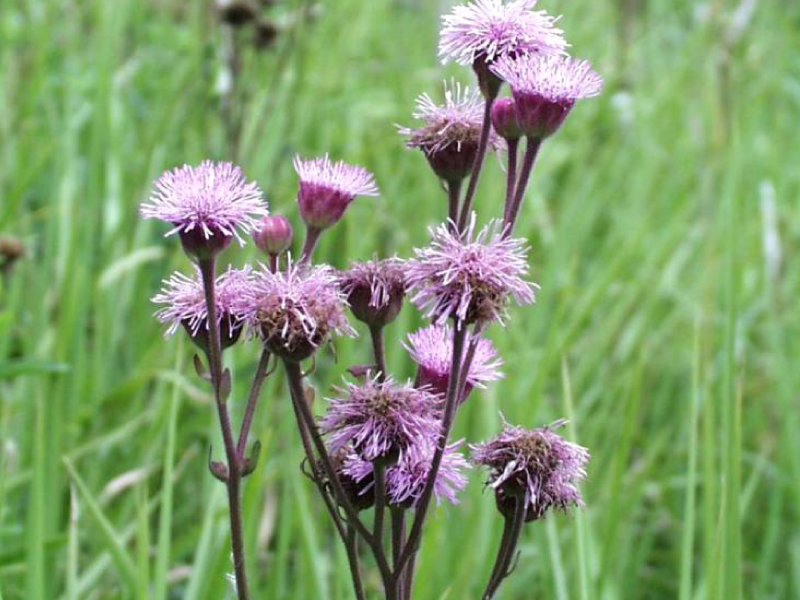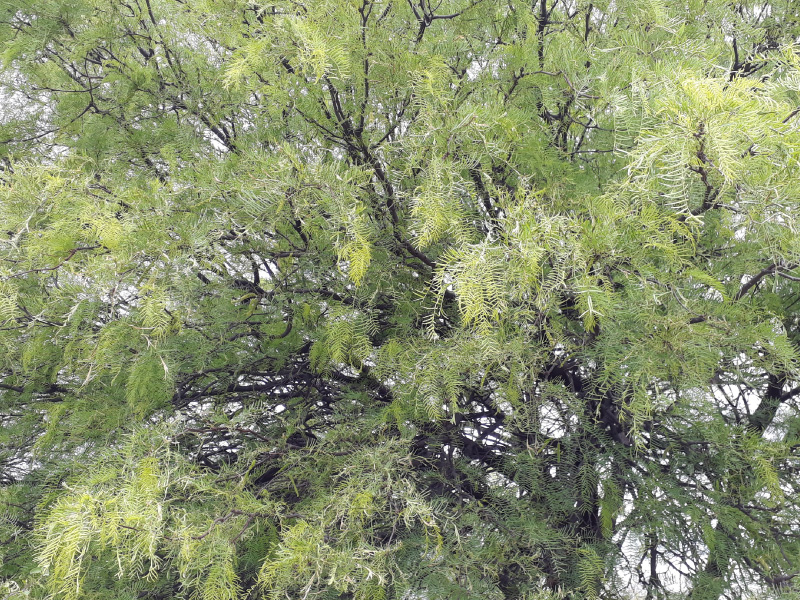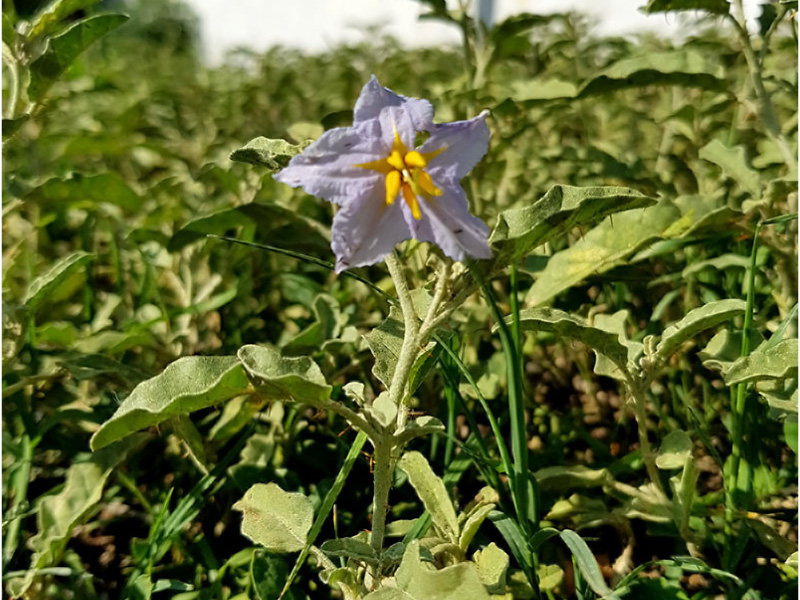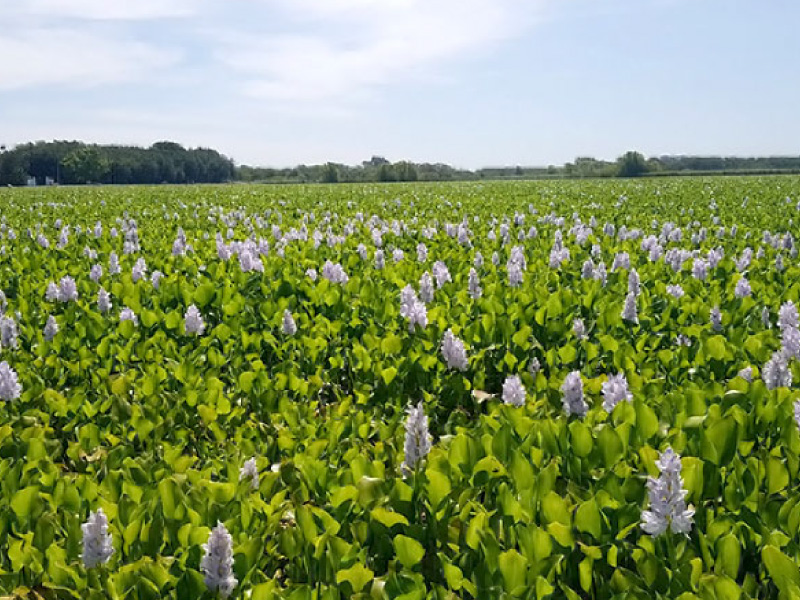21 May Salvinia spp. (Giant salvinia)
[vc_row css_animation="" row_type="row" use_row_as_full_screen_section="no" type="full_width" angled_section="no" text_align="left" background_image_as_pattern="without_pattern"][vc_column][vc_column_text] Salvinia spp. (Giant salvinia) Giant salvinia, Salvinia molesta D. Mitch. (Salviniaceae), is an aquatic fern that is invasive in most tropical and subtropical areas of the world. The aquatic weevil Cyrtobagous salviniae (Coleoptera: Curculionidae) is an effective natural enemy...



